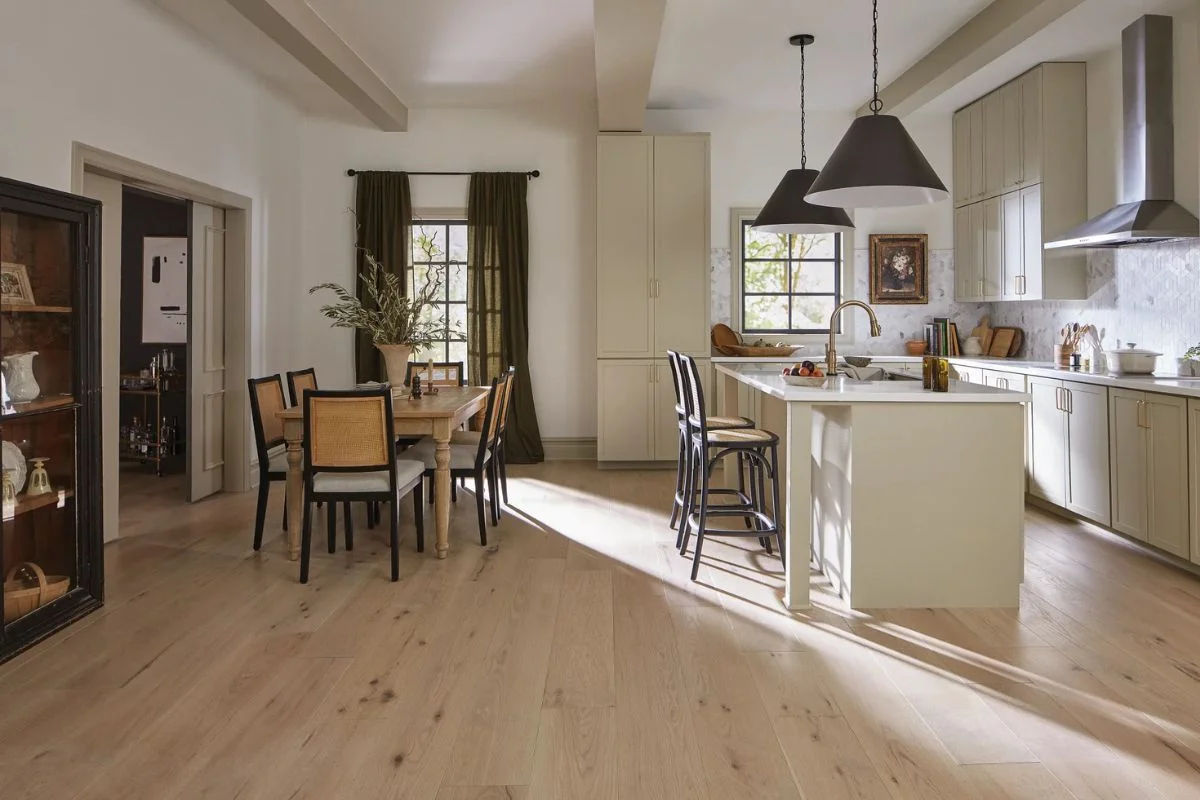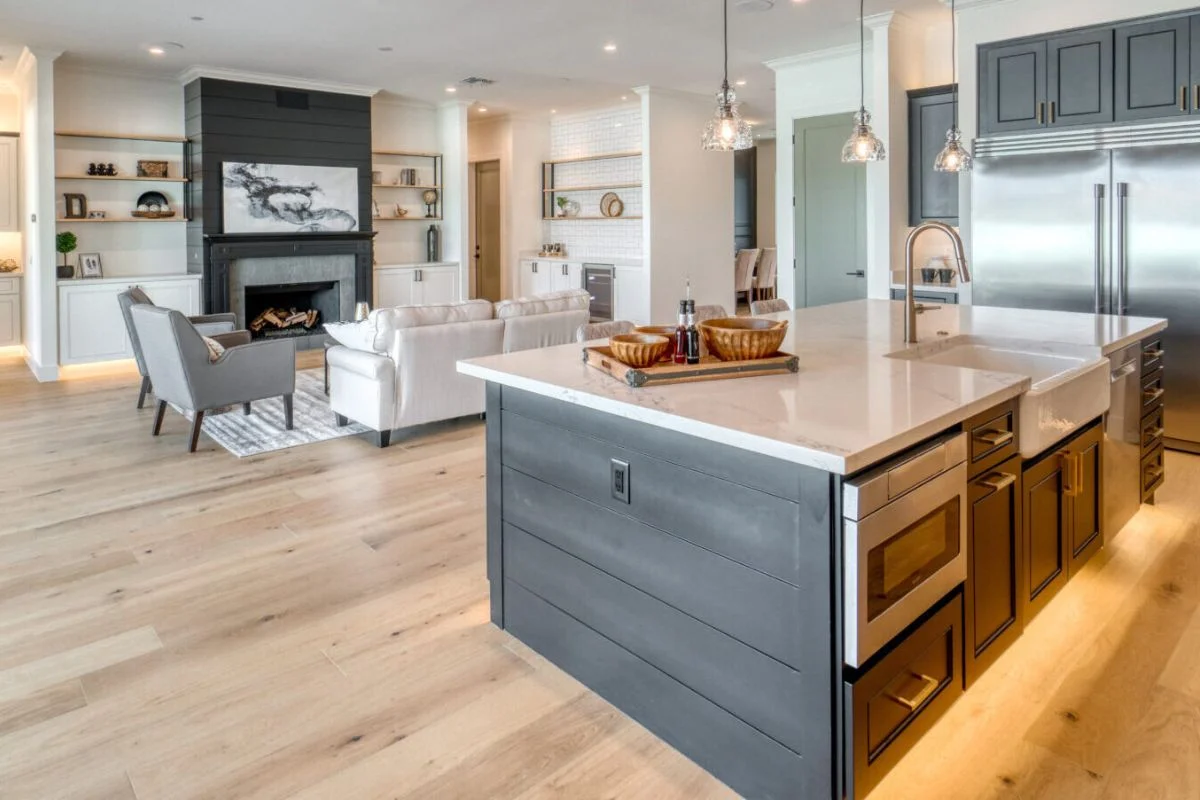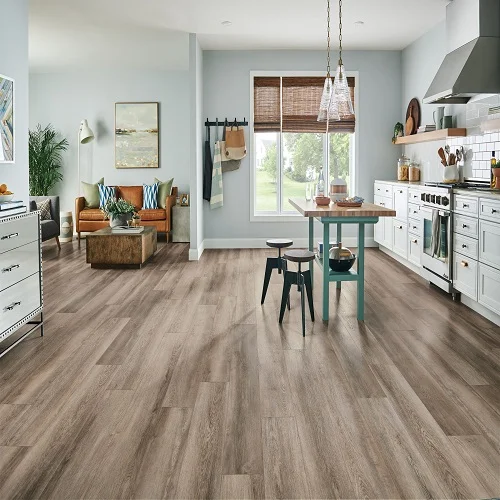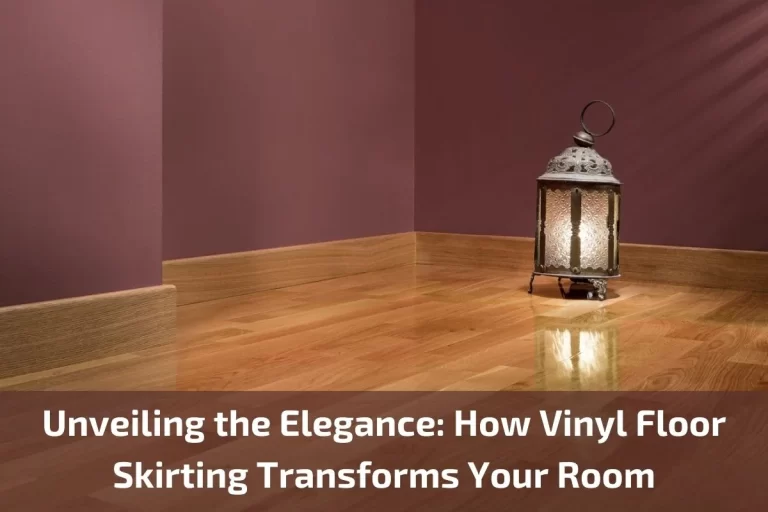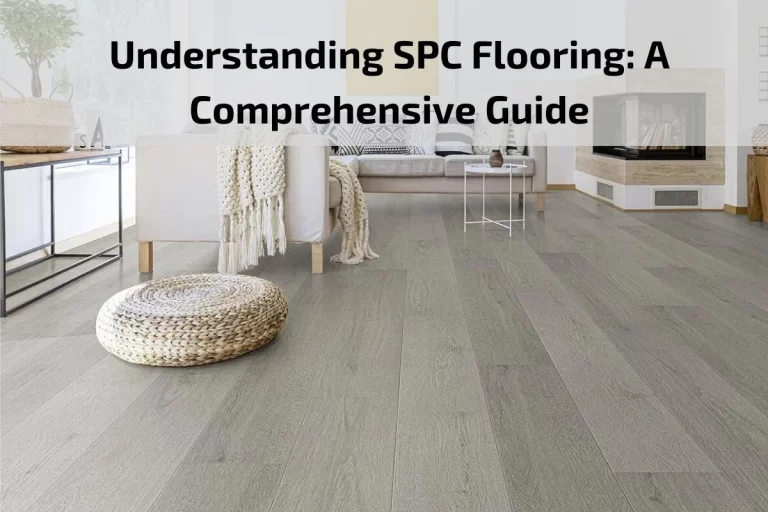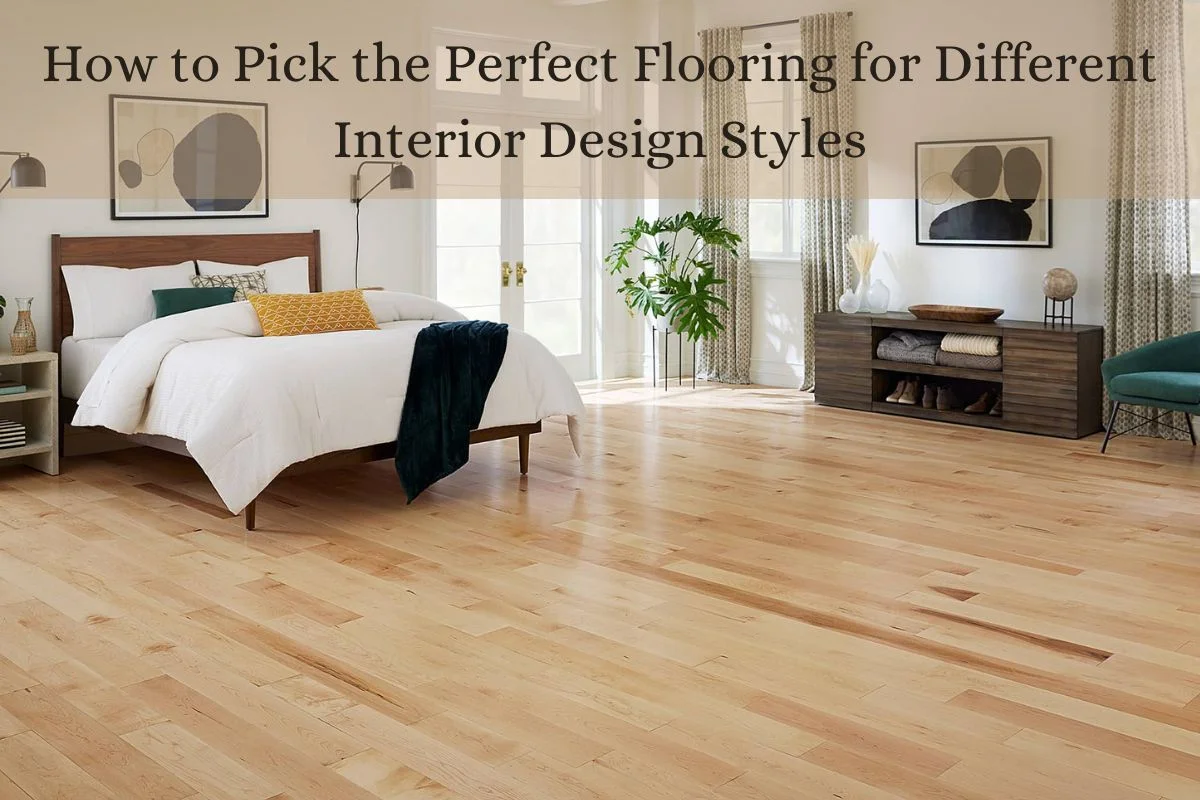
When it comes to designing a home, flooring plays a crucial role in setting the foundation for each room’s aesthetic and feel. The right flooring can seamlessly complement an interior design style, enhancing the mood, functionality, and beauty of the space. However, with so many options—ranging from classic hardwood to modern concrete and sustainable bamboo—choosing the perfect flooring for each design style can feel overwhelming. Whether you’re drawn to the timeless elegance of traditional décor, the cozy warmth of rustic charm, or the sleek lines of contemporary minimalism, there’s a flooring option to suit every taste. This guide will explore how to pick the ideal flooring for different interior design styles, helping you create a cohesive and inviting environment in every room.
Understanding the Role of Flooring in Interior Design
Flooring is the base layer of any room’s design and greatly impacts the space’s overall look, feel, and functionality. Beyond aesthetics, flooring also affects the room’s ambiance, influencing light, acoustics, and warmth. Flooring materials, colors, and finishes provide the foundation for furniture and decor choices, ensuring consistency within the chosen interior design style. By selecting flooring that complements the style—be it traditional, modern, or rustic—homeowners create visual harmony, enhancing the overall design experience. The right flooring sets a tone, making spaces feel inviting, stylish, and cohesive with other elements in a well-designed room.
Flooring Options for Popular Design Styles
Each interior style has flooring types that match its distinct aesthetic. Traditional styles benefit from hardwood or parquet floors, which add timeless elegance. Modern spaces typically feature polished concrete or large tiles, emphasizing clean lines and minimalism. Rustic designs work well with distressed wood, natural stone, or terracotta, adding warmth and texture. Industrial spaces use reclaimed wood, concrete, or exposed finishes for an urban, raw look. Bohemian styles are enhanced by layered area rugs, jute, or bamboo flooring, which adds eclectic character. Scandinavian styles embrace light wood with matte finishes, creating a bright, natural, and simple aesthetic.
Key Considerations for Flooring Selection by Style
When selecting flooring, consider material durability, style consistency, and maintenance. High-traffic areas like hallways or kitchens benefit from durable options like tile or vinyl, while bedrooms suit softer choices like carpet or engineered wood. The color, pattern, and texture should align with the style; for instance, herringbone patterns complement traditional styles, while matte tiles suit modern designs. Maintenance is crucial: easy-to-clean materials like laminate work well in family homes, while natural materials, though stylish, may require more upkeep. Each element ensures the flooring not only matches the decor but meets practical, day-to-day demands of each space.
Sustainable Flooring Options for Eco-Conscious Design Styles
Sustainable flooring is increasingly important in eco-conscious designs, offering stylish options without compromising environmental goals. Bamboo and cork are popular for their rapid renewability and durability, fitting minimalist and modern interiors. Recycled wood and reclaimed materials provide unique character for rustic or industrial styles. Natural linoleum, made from biodegradable materials, suits Scandinavian designs due to its light tones and natural feel. These options not only support environmental sustainability but also offer versatile aesthetics for various interior styles. Choosing sustainable flooring allows homeowners to reduce their ecological impact while creating beautiful, nature-inspired living spaces.
Practical Tips for Mixing Flooring Types in Open Floor Plans
Mixing flooring in open floor plans can delineate zones while maintaining visual flow. Choose complementary materials, like wood and tile, that contrast subtly to define areas without breaking harmony. For instance, hardwood in living spaces transitions well into tiled kitchens, creating functional, stylish divisions. Use color consistency and matching undertones across materials to maintain continuity. Flooring transitions—such as slim trim or blending borders—help areas flow naturally. Consider functionality, too; use durable, easy-clean floors in high-traffic areas, while softer options fit quieter zones. These strategies ensure open spaces feel cohesive yet clearly sectioned by purpose.
Cost and Budgeting Considerations for Each Style
Budget is a key factor in flooring selection, with prices varying significantly by material. Hardwood and natural stone often cost more but add long-term value and elegance to traditional and modern styles. For budget-friendly options, consider laminate or luxury vinyl that mimics wood or tile, offering durability at a lower cost. Installation costs also vary; for example, intricate patterns or larger spaces may require more labor, impacting expenses. Maintenance costs are another consideration: some materials, like stone, may require sealing, while vinyl and tile are low-cost to maintain. Aligning flooring choice with style and budget ensures practicality.
Future-Proofing Flooring Choices
Future-proofing flooring helps homeowners create spaces that adapt over time. Neutral-toned wood or high-quality vinyl can shift seamlessly between design updates, working with both contemporary and traditional aesthetics. Opting for versatile materials, like porcelain tiles or engineered wood, ensures durability in the face of changing styles. Area rugs can also add flexibility, allowing style changes without permanent alterations. For families or pet owners, scratch-resistant options like vinyl and tile offer longevity. By considering timeless materials and adaptable finishes, homeowners can create spaces that evolve with their needs and stay relevant through trends and lifestyle changes.
Conclusion
Selecting the perfect flooring is essential for creating cohesive, functional, and stylish interiors. By aligning flooring materials with each design style—whether it’s the timeless appeal of hardwood for traditional decor, the minimalist look of concrete for modern spaces, or sustainable bamboo for eco-conscious homes—homeowners ensure that each room reflects its intended ambiance. Considerations like durability, maintenance, and future adaptability further enhance each choice, allowing floors to meet practical needs while maintaining aesthetic appeal. A thoughtful flooring selection not only grounds a space in style but also offers lasting value, making it a pivotal element in successful interior design.

